Understanding the ‘outer bull vs inner bull odds‘ is crucial for dart players aiming to maximize their scoring potential and refine their strategy; the inner bullseye (double bull) scores 50 points while the outer bull (single bull) scores 25, making the inner bull statistically more rewarding. This article will delve into the probabilities of hitting each target, strategic implications, and practical tips for improving your accuracy to boost your overall game.
⚠️ Still Using Pen & Paper (or a Chalkboard)?! ⚠️
Step into the future! The Dart Counter App handles all the scoring, suggests checkouts, and tracks your stats automatically. It's easier than you think!
Try the Smart Dart Counter App FREE!Ready for an upgrade? Click above!
Understanding the Outer Bull vs Inner Bull Odds
When stepping up to the oche, every dart player faces a crucial decision: aiming for the inner bull (double bullseye) or settling for the outer bull (single bullseye). While the inner bull boasts double the points, it’s also significantly smaller, presenting a higher degree of difficulty. Evaluating the outer bull vs inner bull odds becomes essential for effective game strategy. Several factors influence these odds, including your skill level, darting style, and even the condition of your equipment.
This section will break down the mathematical probabilities, practical considerations, and strategic implications of targeting each segment. We’ll explore how to assess your own strengths and weaknesses to make informed decisions at the dartboard. We’ll also discuss how adjusting your strategy based on game situations can improve your overall performance.
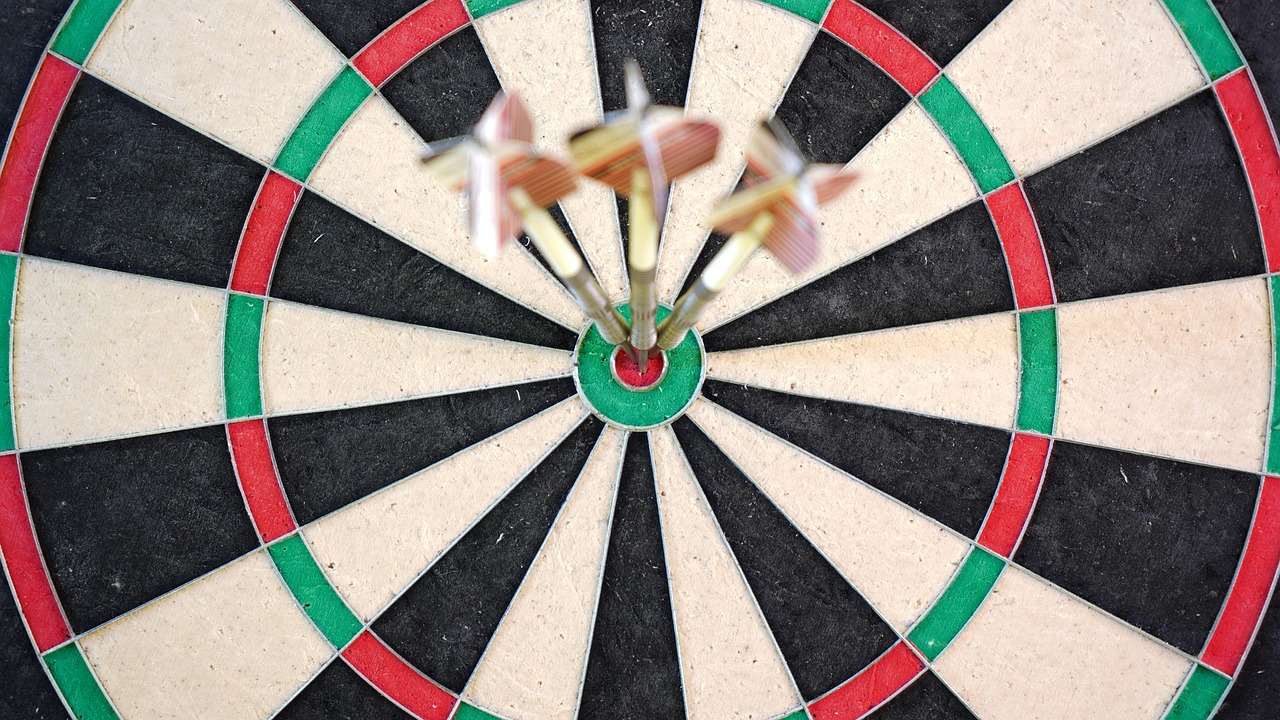
Probability and Surface Area: A Mathematical Perspective
The inner bull has a smaller surface area than the outer bull. This means, statistically, the probability of hitting the outer bull is inherently higher. Think of it as throwing darts at two different sized circles – the larger circle is simply easier to hit. While a precise calculation requires considering the exact dimensions of the dartboard, the principle remains the same: a smaller target translates to lower inherent odds of success.
However, probability is only one piece of the puzzle. A player with exceptional accuracy might consistently hit the inner bull, effectively skewing the odds in their favor. Conversely, a less accurate player might find the higher probability of hitting the outer bull offset by a greater chance of missing both entirely.
Skill Level and Consistency: Your Personal Odds
Your skill level plays a major role in shaping the outer bull vs inner bull odds. A seasoned player with years of experience and countless hours of practice will naturally have a higher probability of hitting the inner bull compared to a beginner. Consistency is key. Can you reliably group your darts around the bullseye area? If so, then aiming for the inner bull becomes a more viable option. New players can improve with Basic Darts Fundamentals for Beginners and practice drills.
On the other hand, if your darting is more erratic, the safer bet is often the outer bull. It provides a larger margin for error and minimizes the risk of completely missing the target. Remember, scoring 25 points is better than scoring zero.
Strategic Implications of Aiming for the Bullseye
The decision to target the inner bull or outer bull extends beyond simple probability; it also carries strategic implications that can significantly impact your game. Understanding these implications is essential for making smart choices under pressure and maximizing your scoring potential. When learning Adapting darts rules for beginners, consider also the strategy.
Factors like the game format, your current score, and your opponent’s performance all influence the optimal strategy. In certain situations, aggressively pursuing the inner bull might be the right move, while in others, a more conservative approach targeting the outer bull might be the wiser choice.
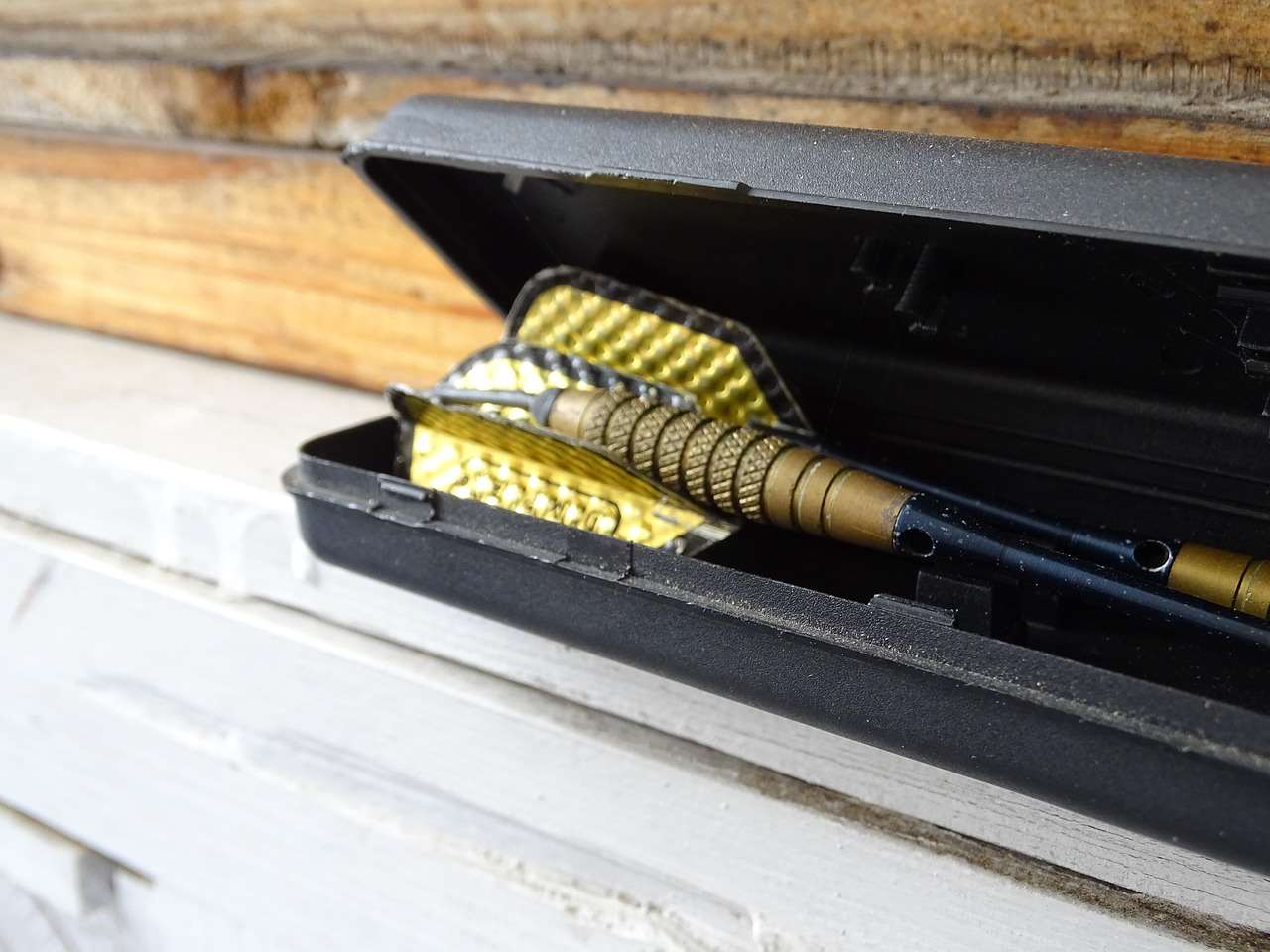
Game Format Considerations: 501 vs. Cricket
The game format significantly impacts the outer bull vs inner bull odds strategy. In 501 (or similar scoring games), every point counts. Early in the game, when you have a long way to go, consistently hitting the outer bull might be a solid strategy to steadily reduce your score. However, as you approach a checkout, the inner bull becomes increasingly valuable for setting up doubles.
In Cricket, the bullseye counts as two scoring opportunities (outer bull = 1, inner bull = 2). If you’re trying to close out the bullseye number, hitting the inner bull is clearly the most efficient approach. Furthermore, if your opponent has already closed the bullseye and you need to score points, hitting the inner bull becomes even more important.
Risk vs. Reward: Knowing When to Be Aggressive or Conservative
A crucial aspect of strategic play is understanding the risk versus reward associated with each target. Aiming for the inner bull offers a higher reward (50 points) but also carries a greater risk of missing entirely. Conversely, aiming for the outer bull offers a lower reward (25 points) but is a safer option with a higher probability of success.
The ideal balance between risk and reward depends on the game situation. If you’re trailing significantly, taking a risk and going for the inner bull might be necessary to catch up. But if you’re leading and close to winning, a more conservative approach targeting the outer bull might be preferable to secure the victory.
Improving Your Accuracy: Practical Tips for Hitting the Bullseye
Regardless of your strategic choices, improving your accuracy is paramount for success in darts. Whether you’re aiming for the outer bull or inner bull, consistent practice and proper technique are essential for honing your skills. Fortunately, focused drills and adjustments to your throw can make a significant difference. With the right approach, you can significantly improve your probability of hitting your target, regardless of the target’s size.
This section will provide practical tips and drills to enhance your accuracy and boost your confidence at the dartboard. We’ll cover everything from grip and stance to follow-through and mental preparation.
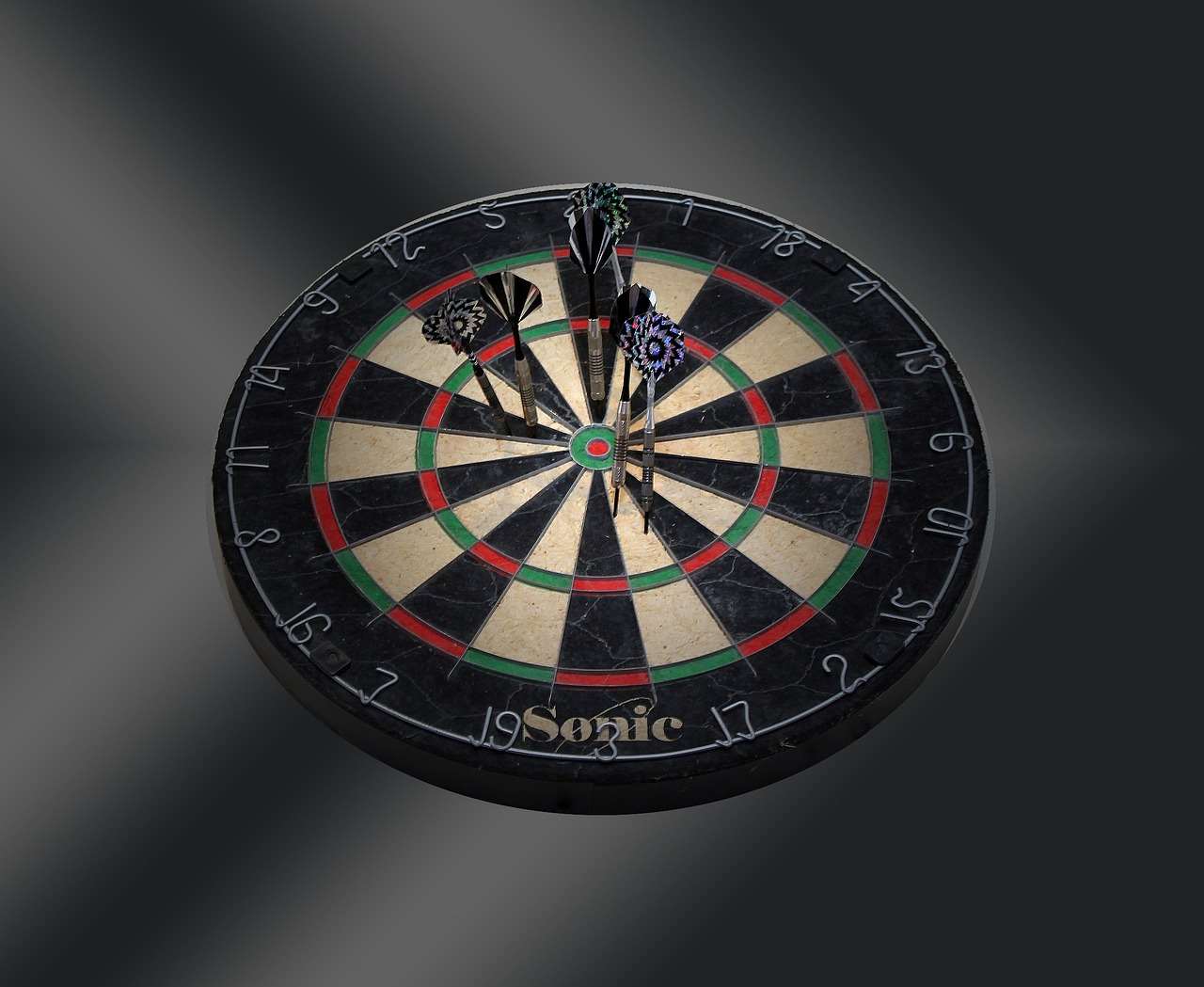
Mastering the Fundamentals: Stance, Grip, and Throwing Motion
A solid foundation in the fundamentals is crucial for achieving consistent accuracy. Your stance should be stable and balanced, allowing you to maintain your posture throughout your throw. Your grip should be firm but relaxed, providing control without restricting your movement. Your throwing motion should be smooth and fluid, utilizing your arm and shoulder to generate power, while minimizing wrist movement. Try to eliminate unnecessary movement, and follow through completely towards your target.
- Stance: Find a comfortable stance that allows you to lean slightly forward without losing balance.
- Grip: Experiment with different grips to find one that feels natural and provides optimal control.
- Throwing Motion: Focus on a smooth, consistent throwing motion, avoiding jerky movements.
Consistent application of these techniques can result in reliably higher scores. Remember to record your results and make tiny adjustments to improve further.
Targeted Practice Drills: Focusing on Bullseye Accuracy
While general practice is helpful, targeted drills specifically designed to improve bullseye accuracy are essential for maximizing your potential. These drills should focus on isolating the specific skills needed to hit the bullseye consistently.
- The “Around the Clock” Bullseye Drill: Start by aiming for the bullseye. If you hit it, move on to the next number (1), then 2, and so on. If you miss the bullseye, keep practicing it until you hit it before moving on.
- The “Double Bull Challenge”: Set a goal to hit the inner bull a certain number of times in a row. Start with a small number (e.g., 3) and gradually increase it as your accuracy improves.
- The “Segment Focus” Drill: Focus on hitting the area immediately surrounding the bullseye (the 25 ring and the surrounding single segments). This helps you develop precision and minimizes the impact of slight errors.
Mental Game: Sharpening Your Focus and Confidence
While technical skill is important, the mental game is often the deciding factor between winning and losing. Maintaining focus, managing pressure, and building confidence are crucial for performing at your best, especially when aiming for the high-stakes inner bull. Remember also to examine if you need to focus on how to make darts fairer with handicap rules if the game is unfair.
Cultivating a strong mental game can significantly improve your consistency and accuracy, allowing you to approach each throw with confidence and composure. This section will explore techniques for managing pressure, building confidence, and staying focused during crucial moments in a match.
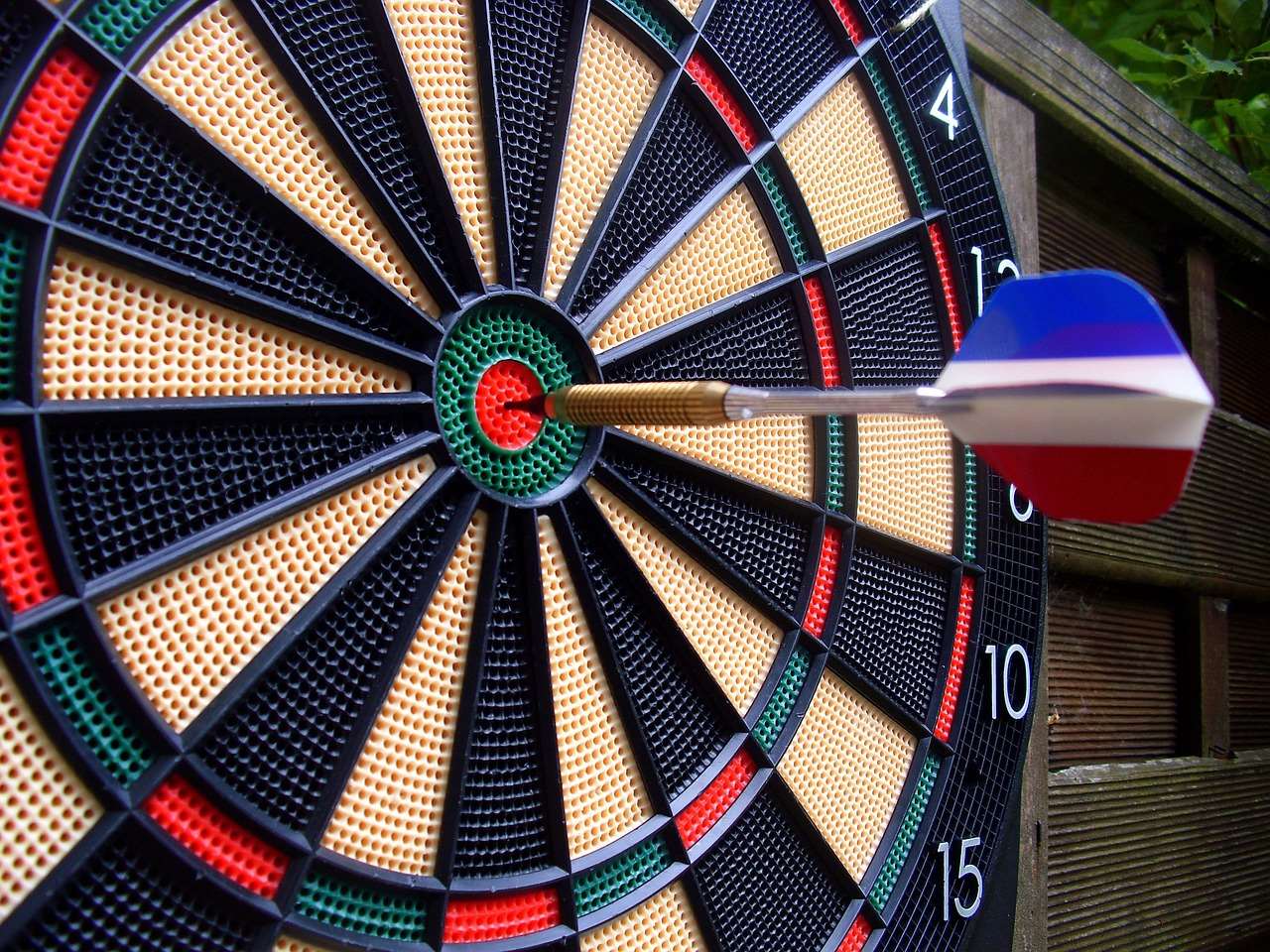
Visualization and Positive Self-Talk
Visualization and positive self-talk are powerful tools for enhancing your mental game. Before each throw, visualize yourself hitting the target, focusing on the feeling of success and the trajectory of your dart. Replace negative thoughts with positive affirmations, reinforcing your belief in your ability to perform well. Believing in yourself is half the battle.
For example, instead of thinking “I’m going to miss,” try thinking “I’m going to hit the bullseye.” This subtle shift in mindset can have a profound impact on your performance.
Managing Pressure and Staying Composed
Pressure is an inevitable part of competitive darts. Learning to manage pressure and stay composed under duress is essential for maintaining your focus and accuracy. Developing pre-throw routines can help reduce anxiety and instill confidence.
- Deep Breathing: Take a few deep breaths before each throw to calm your nerves and center your focus.
- Pre-Throw Routine: Develop a consistent pre-throw routine to help you get into a rhythm and stay focused.
- Focus on the Process: Instead of focusing on the outcome, concentrate on executing your throwing motion correctly.
When a critical moment arises, try to remember the fundamentals of your technique and trust the work you have put in through practice. Focus on what you can control.
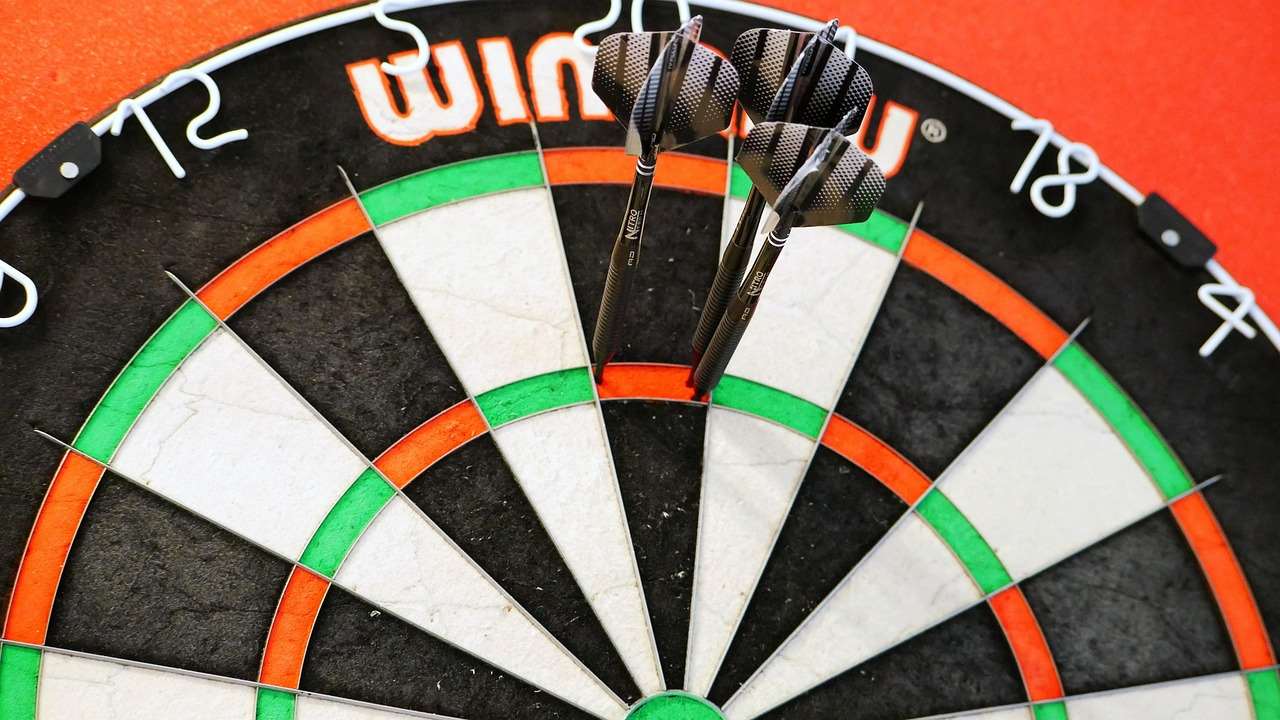
Equipment and Maintenance: Optimizing Your Setup
While skill and strategy are paramount, having the right equipment and maintaining it properly can also influence your performance. Selecting the right darts, flights, and shafts can optimize your grip, balance, and aerodynamics, while proper dartboard maintenance ensures consistent scoring and reduces bounce-outs. Many players consider if Alternative darts rules for home play might be worth considering before purchasing equipment.
Choosing the right setup is a personal process. Experimenting with different combinations and seeking advice from experienced players can help you find the optimal configuration for your throwing style.
Dart Selection: Weight, Grip, and Balance
Darts come in a wide variety of weights, grips, and balances. Experimenting with different options can help you find the dart that feels most comfortable and provides the best control. Generally, heavier darts are more stable in flight, while lighter darts offer more maneuverability. The grip should feel secure and comfortable in your hand, allowing you to maintain control without excessive pressure. The balance point should be suited to your throwing style, some players prefer front weighted darts and some rear weighted. There is no right answer, it is what is best for the player.
Dartboard Maintenance: Rotation and Care
Proper dartboard maintenance is essential for preserving its condition and ensuring accurate scoring. Rotating your dartboard regularly helps distribute wear evenly, prolonging its lifespan. Removing loose fibers and compressing the sisal fibers with a soft cloth can also improve its performance. Always check your board regularly to remove loose sisal and prevent bounce-outs.
Conclusion
Navigating the outer bull vs inner bull odds requires a multifaceted approach, combining strategic thinking, technical skill, and mental fortitude. While the inner bull offers a higher reward, it also presents a greater risk. Understanding your own strengths and weaknesses, adapting your strategy to the game situation, and continuously improving your accuracy are crucial for maximizing your scoring potential. Ultimately, the best choice depends on your individual skill level and the specific circumstances of each game. By applying the principles outlined in this article, you can make informed decisions, refine your game, and elevate your performance at the dartboard. Now, put these tips into practice and aim for that bullseye! Continue improving your game by reading more about Fun dart game variations with modified rules.
Hi, I’m Dieter, and I created Dartcounter (Dartcounterapp.com). My motivation wasn’t being a darts expert – quite the opposite! When I first started playing, I loved the game but found keeping accurate scores and tracking stats difficult and distracting.
I figured I couldn’t be the only one struggling with this. So, I decided to build a solution: an easy-to-use application that everyone, no matter their experience level, could use to manage scoring effortlessly.
My goal for Dartcounter was simple: let the app handle the numbers – the scoring, the averages, the stats, even checkout suggestions – so players could focus purely on their throw and enjoying the game. It began as a way to solve my own beginner’s problem, and I’m thrilled it has grown into a helpful tool for the wider darts community.